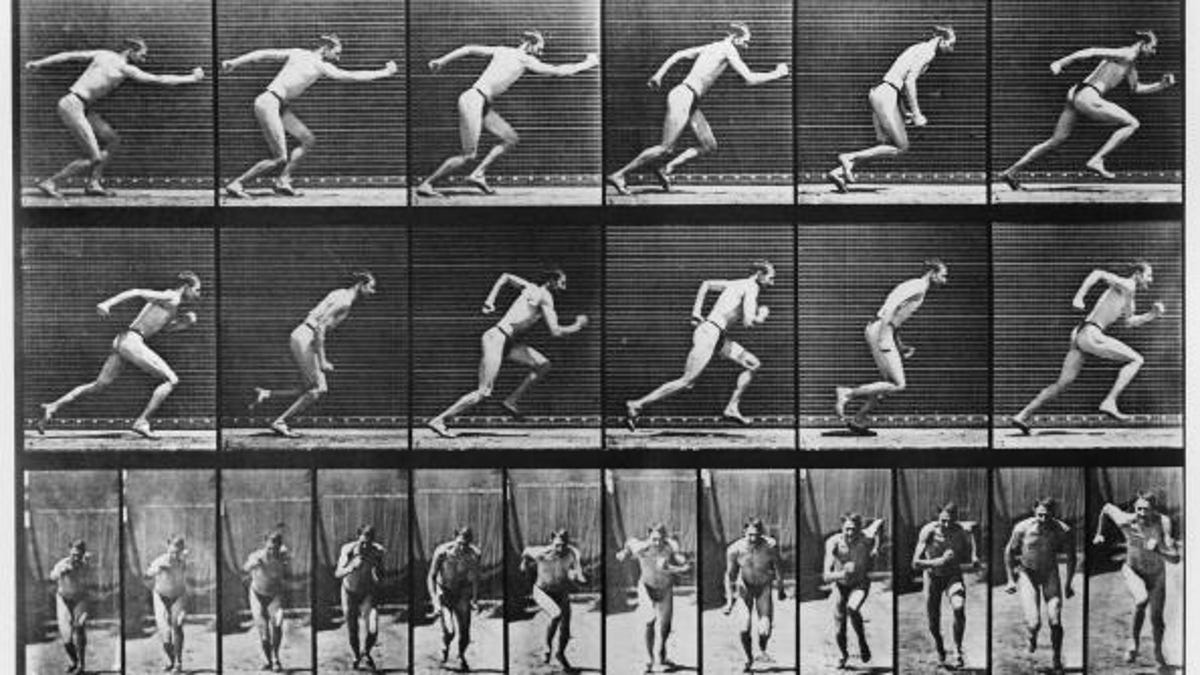Extreme Reality turns skeletons into biometric signatures
The software technology captures full-body 3D motion using a 2D camera to recognize an individual's gait as a unique biometric signature.

Gesture control is the new mouse, but Extreme Reality co-founder and CTO Dor Givon believes the underlying technology for tracking body motion could be a boon for security applications. The company, based in Herzelia, Israel, has patented software technology for enabling full-body, 3D motion control on any device via a standard 2D camera.
Unlike Microsoft's popular Kinect gesture controller, which requires a special camera and sensor, or PointGrab's hand-gesture recognition software, Extreme Reality's Motion software recognizes and tracks the three dimensions of a user's skeletal joints and then converts the joint movement into a continuous dynamic motion.
Some PC manufacturers, such as Samsung and NEC, are including Extreme Motion on some of their PCs, and video game developers are incorporating the technology into PC and tablet games. Side-Kick Games' Top Smash Tennis, for example, uses Extreme Motion to let players use full-body motion to hit virtual tennis balls. Leading console makers Sony and Nintendo may adopt the technology, Givon said.
The company is now taking its Extreme Motion technology into the security field. "We are working with skeletal information in a way that enables differentiation between people," he said. "We can analyze skeletal data and generate a unique biometric signature, so it could recognize an individual when they want to log in to a device or enter a secured perimeter. It's the first technology that allows full-body 3D motion capture to recognize an individual's gait as a biometric signature."
Extreme Reality's software overlays a 3D engine on a 2D skeleton, creating a single highly accurate image, Givon said. It mathematically eliminates "noise," such as positions that are physically out of bounds for the range of human motion and joints. Unlike wireless infrared-based controllers, Extreme Reality's software technology can work in direct sunlight as well as low light conditions, Givon said.
Givon contends that gait analysis can provide much greater accuracy than face recognition. "Face-recognition technology is very limited. You have to be in a similar position every time for analysis. If someone wants to avoid face recognition they can just put on sunglasses or a beard. The way people walk is hard to change," he said.
He cautioned that the technology is not a standalone or bulletproof solution, and he expects that his company's technology will become available in third-party security products next year. "It's an additional set of alarms, not a replacement for the human eye detecting suspicious behavior in a crowd," Givon said. "It's accurate enough to be deployed as part of a holistic solution."
Extreme Reality's technology could also be applied to augmented reality experiences and wearable devices. "We can change the environment from the moment you wake up in morning," Givon said. "The room knows it's you and can enhance the environment with augmented reality elements that let you control them with your body in the most natural way. It could be integrated with fitness apps and simulators for activities like golf. This can be deployed in every moment in our life."
Extreme Reality has 45 employees, and has raised about $14 million in private investment.

